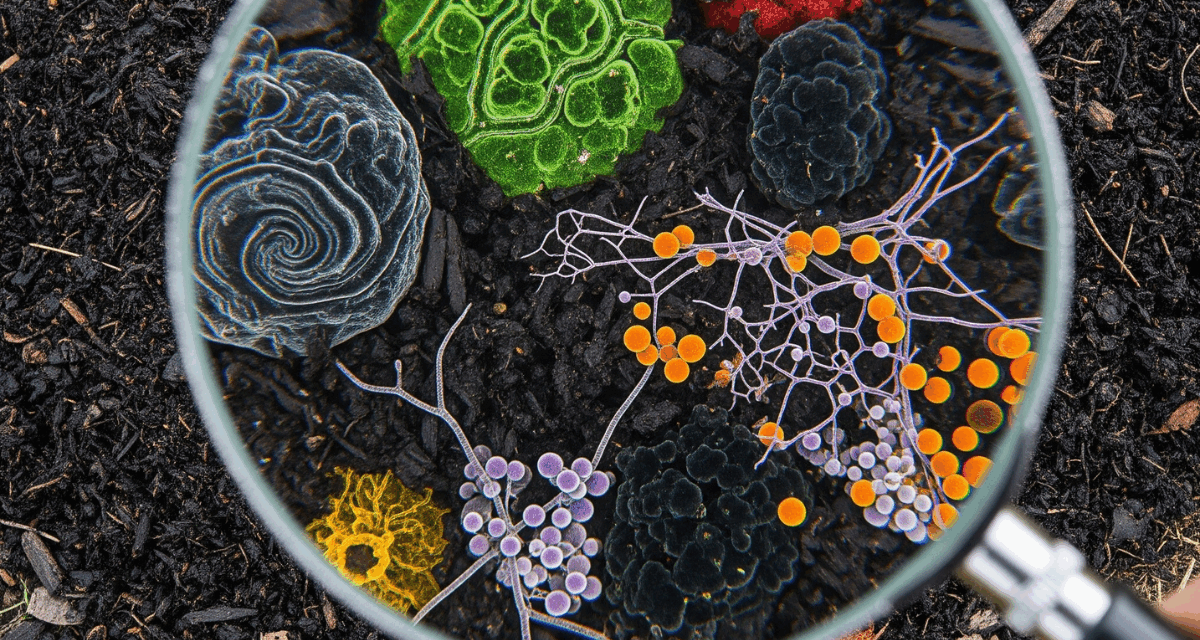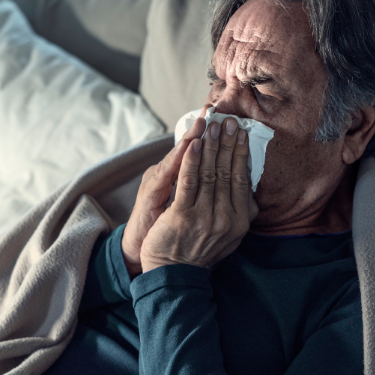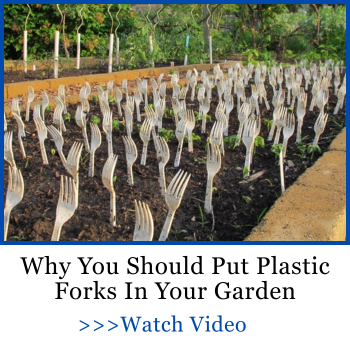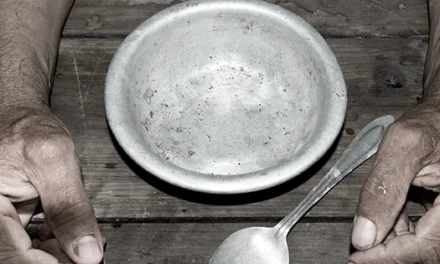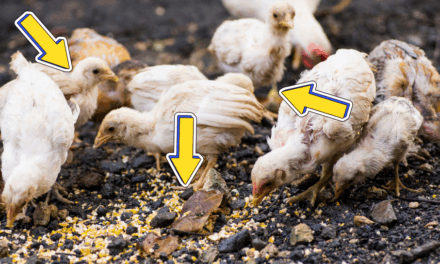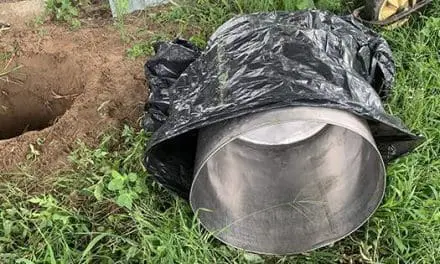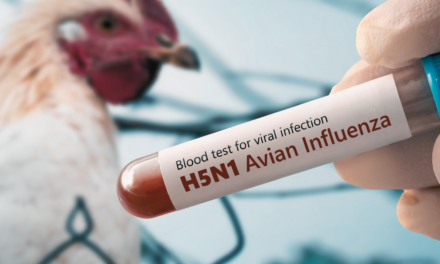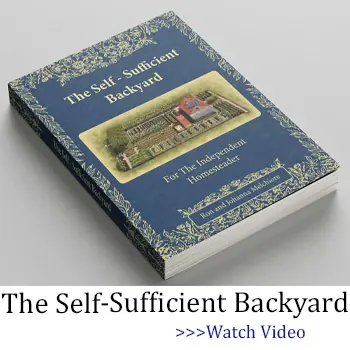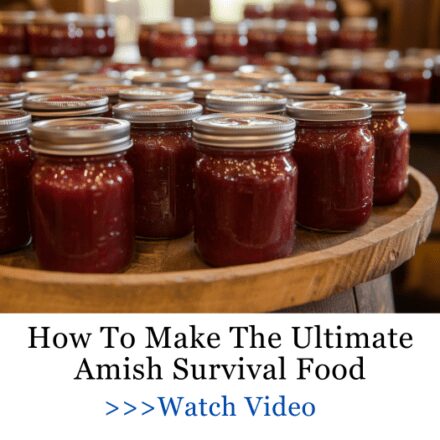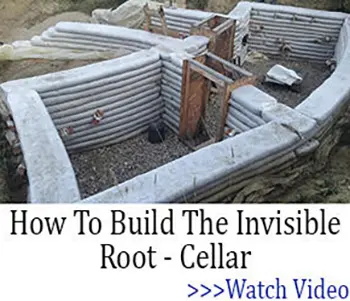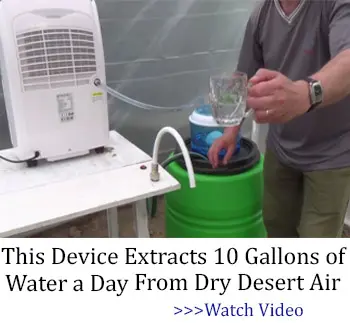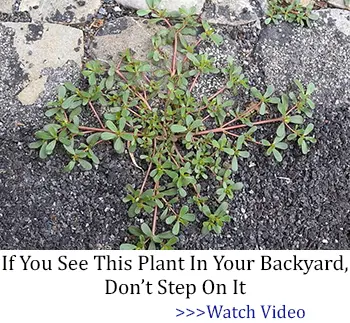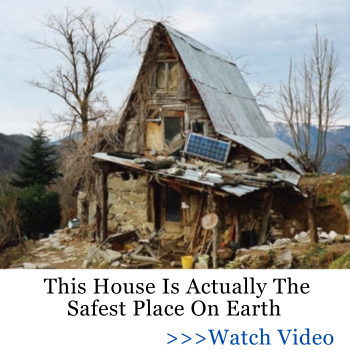Compost is usually thought of as safe, natural, and even healthy for your garden. But beneath the surface of that pile, there can be hidden dangers you might never expect.
There’s something no one tells you when they gush about compost’s magic: under the wrong conditions, that innocent pile of scraps can quietly become a breeding ground for illness, toxins, and death. I’ve seen seasoned gardeners laid flat because they thought a little “natural” rot was harmless. And they never saw it coming.
If you’re reading this, you’re already one step ahead. Because the truth is, compost can turn on you if you don’t respect it. Let’s walk through the dangers that no gardening manual will tell you.
The Hidden Dangers Lurking in Your Compost Pile
Your compost pile isn’t just decomposing plant matter. It’s also a perfect storm for things you don’t want in your lungs or bloodstream.
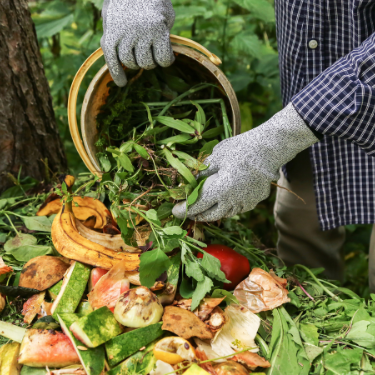
- Mold spores that can invade your respiratory system.
- Pathogens like E. coli and Salmonella clinging to food scraps or manure.
- Gases that can poison you silently if the pile goes anaerobic.
Think of it as a campfire: in control, it warms and sustains you; out of control, it burns your home to the ground.
What most people forget is that compost piles are alive. Every time you feed it scraps or turn the pile, you’re feeding billions of microbes, and not all of them are friendly. In the right balance, they break down waste into rich humus. In the wrong balance, they multiply into a toxic force that’s waiting for the next gust of wind to send their spores and gases straight into your lungs.
Even if you’ve been composting for years without incident, all it takes is one sloppy pile, one hot summer, or one forgotten bucket of manure to turn that safe heap into a hazard. Don’t assume past luck will protect you in the future. The pile changes. The conditions change. And so do the risks.
Mold and Spore Exposure
That warm, earthy smell after you turn your compost? Sometimes it’s harmless. Sometimes, it’s Aspergillus fumigatus: a mold that thrives in rotting plant matter and attacks your lungs before you even realize what you inhaled.
Breathing in those spores can trigger coughing, fever, chest pain, and in severe cases, a condition called hypersensitivity pneumonitis. You don’t get a polite warning. One deep breath while turning a steaming pile can be enough to start the chain reaction.
Protect yourself:
- Wear a proper N95 or HEPA-rated mask every single time you handle compost.
- Avoid disturbing dry, dusty piles—moisten lightly before turning.
- Never lean face-first into a freshly opened bag of compost or potting mix.
Here’s what’s more frightening: these spores don’t just affect people with weak immune systems. Healthy, strong, active homesteaders have ended up in hospitals after a single unprotected compost session. The heat, the moisture, and the constant supply of organic matter make compost piles a paradise for mold. And once it’s airborne, you can’t see it, smell it, or dodge it.
Don’t tell yourself you’ll “just be careful” this one time. Mold doesn’t care about your plans. If your pile is steaming, if it’s been sitting undisturbed, if it smells sweet or musty, it’s worth taking the extra thirty seconds to put on the right mask. That thirty seconds could be the difference between a satisfying day in the garden and weeks on antibiotics.
I’ve kept Nicole Apelian’s Forgotten Home Apothecary close for months now, and I can tell you, having remedies on hand for lung and immune support isn’t just for cold season. If you ever find yourself coughing after compost work, there are natural ways to help your body fight back before things get worse. You can find out what they are from here.
Pathogens That Survive in Compost
Not all bacteria die just because they’re buried in your pile. Pathogens like E. coli, Salmonella, and Listeria can hitch a ride from manure, meat scraps, or contaminated produce right into your garden beds.
And here’s the kicker: if your pile never reaches 131°F (55°C) for several days in a row, those killers survive. When you spread that compost on lettuce or carrots, you’re basically inviting them to dinner.
Temperature kill chart:
- 131°F (55°C): Kills most E. coli in 3 days.
- 145°F (63°C): Destroys Salmonella in hours.
- 160°F (71°C): Wipes out most pathogens quickly.
If your pile runs cold, those microbes will sit quietly in the humus, waiting for the perfect opportunity: your next salad, your next handful of soil to the mouth after a snack break in the garden. And unlike mold, which can be detected by smell or visible growth, pathogens don’t advertise themselves. You’ll only know they were there when you’re doubled over with stomach cramps.
It’s not enough to “hope” your compost gets hot enough. Get a compost thermometer and check. If you’re serious about growing food, you need to be just as serious about killing what could kill you first. This is the one corner you cannot cut.
I’ve noticed that following the Amish approach really changes all of this. They layer compost and mulch in a Back-to-Eden style and make sure manure is well-aged before adding it to the soil. These simple steps don’t just make the soil incredibly rich. They also help avoid the hidden dangers that can survive in cold compost. I picked up these methods from the Amish Ways book, and they’ve made a real difference in my own garden.
Dangerous Gases from Compost
Compost should smell like rich soil, not like something died in it. That “rotten egg” odor could be hydrogen sulfide, a toxic gas produced when your pile goes anaerobic (starved of oxygen). In an enclosed space, like a greenhouse or garage, it can knock you unconscious or worse.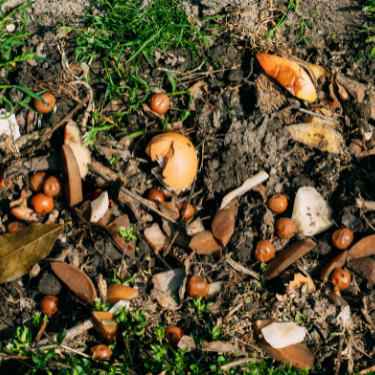
Other gases like methane are less directly toxic but can displace oxygen and ignite under the right conditions.
Avoid the gas trap:
- Keep piles aerated. Turn regularly or use ventilation pipes.
- Don’t compost in sealed containers without airflow.
- If your compost stinks, fix it before you get close.
What makes these gases so dangerous is that they build silently. You can walk past the pile one day and smell nothing, then come back 24 hours later to a concentrated cloud of poison waiting for you the moment you disturb it. If you’re working in a shed or greenhouse, that cloud doesn’t have anywhere to go.
If you’ve ever felt dizzy, lightheaded, or short of breath while turning compost indoors, stop. Get out into fresh air immediately. Then fix the pile. Gases aren’t a sign your compost is “working”. They’re actually a sign something has gone badly wrong.
Legionnaires’ Disease and Compost
This one shocks people: Legionella bacteria can live in damp compost or bagged potting soil. Breathing in airborne droplets when opening a bag or working a pile can cause Legionnaires’ disease, a severe form of pneumonia.
Gardeners have died from this. It’s not urban legend.
Stay safe:
- Open compost bags outdoors, away from your face.
- Let contents settle before handling.
- Always wash hands and tools after working with soil products.
The problem is that Legionella thrives in warm, moist environments, which is exactly what compost and potting mixes provide. And because it’s invisible, you can’t tell if it’s present until you’re sick. By then, you’ll be facing a hospital stay, not a day in the garden.
Simple precautions, like keeping your face away when opening bags and dampening dry soil before use, cut your risk dramatically. Yet many gardeners skip these steps because they “don’t want to fuss.” That tiny bit of fuss could save your lungs.
Microplastics, PFAS, and Toxins in Municipal Compost
If you think store-bought compost is safer, think again. Municipal and commercial compost can be contaminated with microplastics, chemical residues, and PFAS “forever chemicals” from household waste.
You won’t smell them. You won’t taste them. But they can build up in your soil and your food over time.
What you can do:
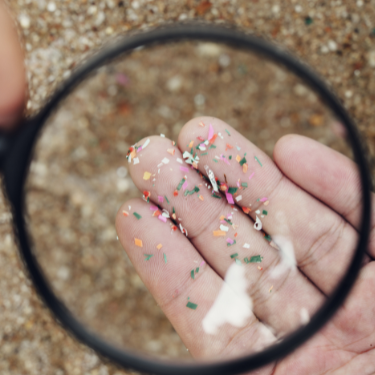
- Source compost from trusted local suppliers.
- Avoid compost that accepts curbside trash scraps without sorting.
- Consider making your own safely.
PFAS are particularly troubling because they don’t break down in the environment and they can accumulate in your body. Municipal facilities don’t always screen for them, and even “organic” labels can’t guarantee their absence.
If you want control over what’s going into your soil and, eventually, your food, the safest route is to make your own compost or buy from a small-scale producer you trust. Convenience isn’t worth decades of contamination.
Some of the richest compost I’ve made actually came from weeds and wild plants I gathered myself, like nettle, comfrey, even dandelions. I first learned how to spot the healthiest ones thanks to this field guide on foraging that I found, and I’ve trusted my own piles more ever since.
Practical Safety Measures for Composting
Here’s your Compost Safety Checklist:
Gloves, mask, and eye protection every time.
Monitor pile temperature—invest in a compost thermometer.
Keep moisture at “wrung-out sponge” level.
Turn piles for aeration; never let them compact and go anaerobic.
Separate manure compost from plant-only compost.
These aren’t overreactions. They’re the difference between thriving and getting sick.
Safe composting isn’t complicated. It’s consistent. The biggest danger comes from skipping steps because “it’ll be fine this time.” A healthy compost pile is balanced, aerated, and handled with the same respect you’d give any other living system that could hurt you if neglected.
Think of safety gear and monitoring as part of the composting process, not extra chores. Over time, these precautions become habit, and you’ll wonder how you ever worked without them.
When to Seek Professional Help
Don’t tough it out if:
- You have persistent fever, cough, or shortness of breath after composting.
- Odors or fumes linger even after correcting pile balance.
- You’re unsure about contamination but plan to use the compost on food crops.
Too many homesteaders ignore warning signs until it’s too late. Compost-related illnesses can escalate fast, and self-treatment at home often delays the care you need.
If you’re not sure whether your compost is safe—or whether your symptoms are related—err on the side of caution. Soil can be replaced. You can’t.
Myths vs Facts About Compost Safety
- Myth: “Organic compost can’t make you sick.”
Fact: Pathogens don’t care about your gardening philosophy. - Myth: “If it smells earthy, it’s safe.”
Fact: Dangerous spores and gases don’t always have a smell. - Myth: “Only huge compost operations are risky.”
Fact: Small backyard piles can be just as dangerous if mismanaged.
Compost safety myths stick around because they’re comforting. They let us believe we’re safe without doing the work. But the truth doesn’t care about comfort.
By replacing myths with facts, you not only protect yourself—you set a standard for others in your community. Safe composting habits spread just as easily as unsafe ones.
Final Thoughts
Compost can do amazing things for your garden, but you must handle it safely. By understanding the hidden risks and taking a few simple precautions, you can enjoy rich, healthy soil without putting yourself or your family in danger. Remember, a little awareness goes a long way in keeping your garden (and yourself) healthy.
Don’t gamble. Compost smart. Compost safe.
How Do You Speed Up Composting
If You See These Eggs In Your Backyard, Burn Them Immediately (Video)
Why You Should Have A Black Soldier Fly Composting System
7 Things You Should Never Compost: You’ll Regret It Later
10 Common Composting Mistakes. Are You Making One Of Them?

